In an era where quality and regulatory compliance drive the industry, designing an optimal flow for GACP Post-Harvest and GMP facilities is essential. Let's explore why this approach is vital for industry leaders.
Maximizing Safety and Efficiency: The Heart of GACP Post-Harvest and GMP Facilities
In an era where quality and regulatory compliance drive the industry, designing an optimal flow for GACP Post-Harvest and GMP facilities is essential. Let's explore why this approach is vital for industry leaders.
Product Integrity and Safety: A well-planned flow is crucial to ensure that delivered products are safe and effective, mitigating contamination risks. Careful risk assessment and the definition of procedures for emergency management are critical aspects of this phase. Investing in traceability and process control technologies can further enhance product safety and traceability along the entire distribution chain.
Optimal Material Management: Operational excellence is reflected in smooth material management, preserving the integrity of perishable products and sensitive compounds. The use of automated material management systems can improve efficiency and reduce the risk of human errors. Furthermore, the implementation of sustainable waste management practices can help reduce the environmental impact of post-harvest operations.
Regulatory Compliance: Overcoming regulatory challenges is a real feat; a well-coordinated flow is crucial to ensure compliance with guidelines. Maintaining close collaboration with regulatory authorities and investing in continuous staff training are important strategies to ensure compliance with ever-evolving regulations.
Optimal Movement of People: Flow design ensures that personnel can operate safely and efficiently, promoting an organized work environment. Investing in staff training and development can further enhance team skills and productivity, contributing to smooth and safe operation of post-harvest facilities.
Simplified Maintenance and Cleaning: An optimized flow simplifies cleaning and maintenance, vital for preventing contamination and ensuring equipment longevity. Implementing regular preventive maintenance programs and adopting innovative cleaning technologies can help ensure a safe and hygienic working environment.
Scalability and Flexibility: In a dynamic market, designing with scalability and flexibility in mind allows the facility to adapt to market changes without significant restructuring. Investing in modular technologies and infrastructure can facilitate the expansion and adaptation of post-harvest facilities to the changing market demands.
Environmental Control: Managing environmental factors is essential; flow design supports effective environmental control to preserve product quality. Using advanced environmental control systems, such as climate control automation and monitoring, can ensure an optimal storage environment for post-harvest products. In conclusion, strategic flow design in GACP Post-Harvest and GMP facilities is crucial for efficiency, quality, and compliance. As leaders, how can we continue to innovate in this area? Share your thoughts!

